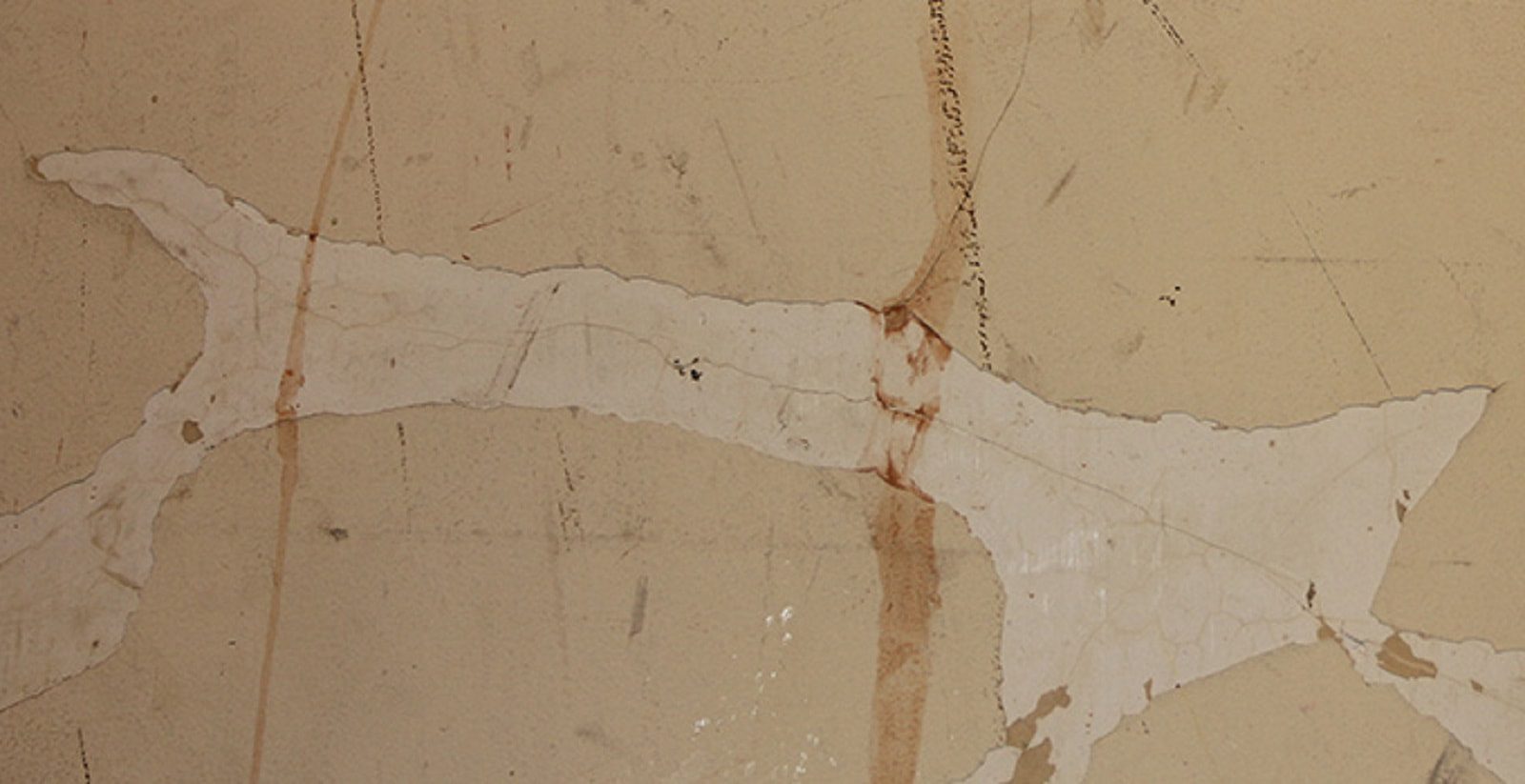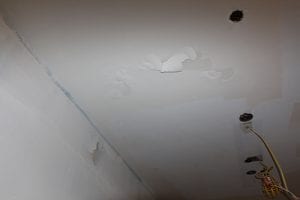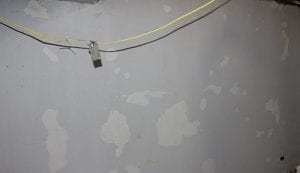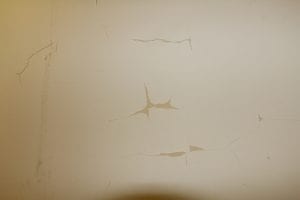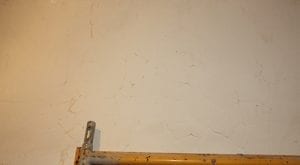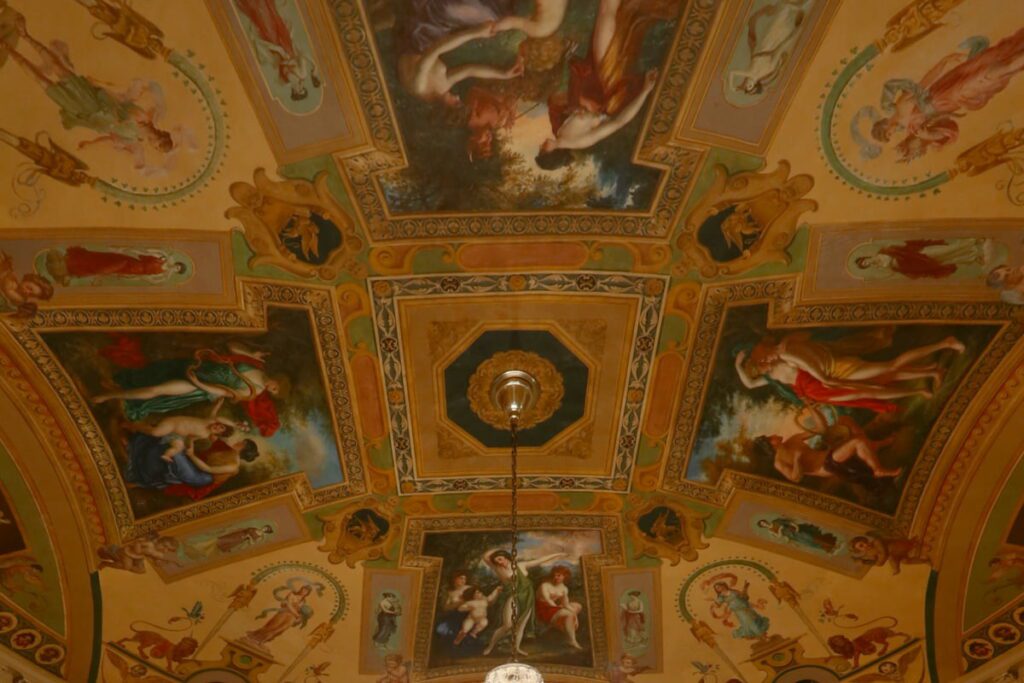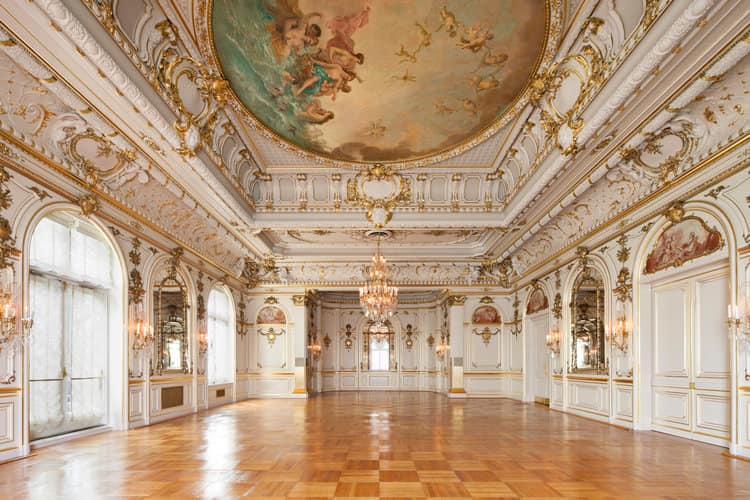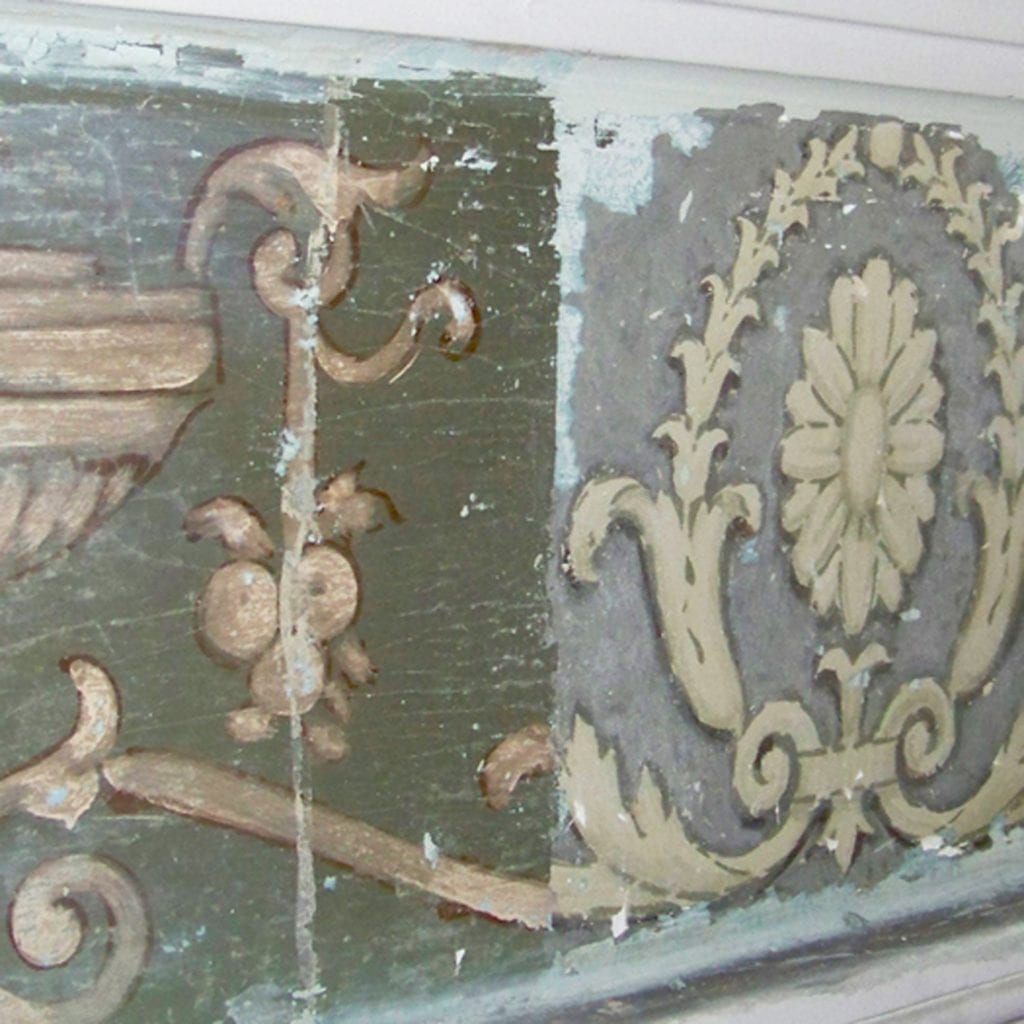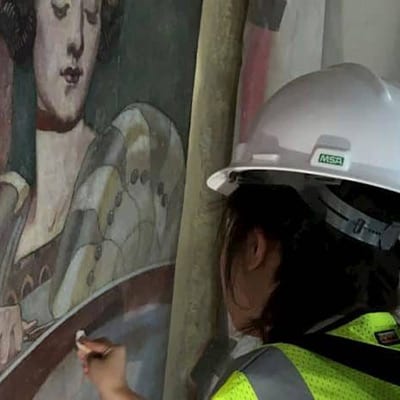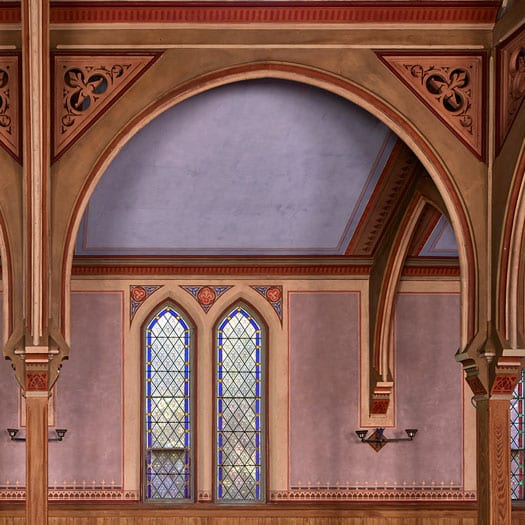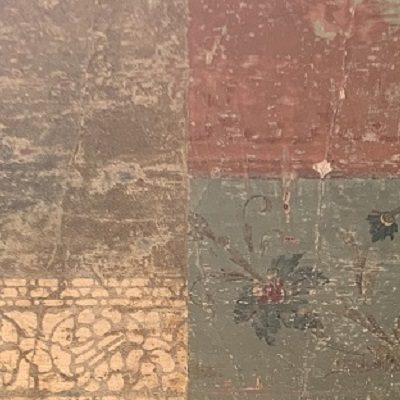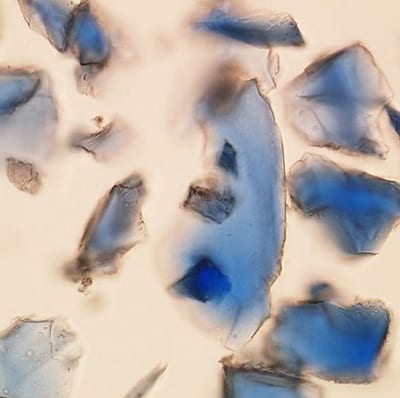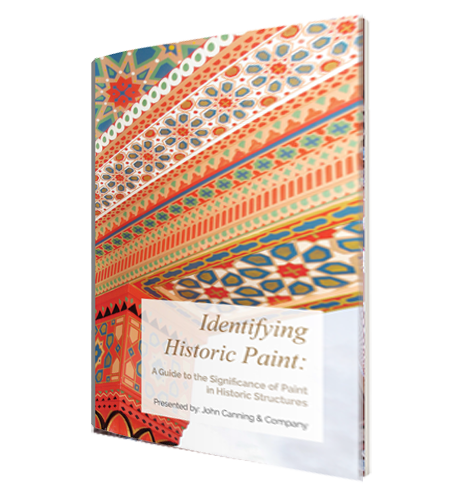Why does paint fail during a restoration project?
Common Causes and Remedies of Paint Delamination
As a company with significant experience in the historic preservation field, most notably in historic finishes, over the years and more frequently than we can count, we have observed and assisted with paint delamination conditions. This includes situations where a new specified paint system is applied to the walls and ceilings, and the paint is delaminating from the substrate. We often see paint fail during a restoration project when the existing paint coatings appear to be generally stable. Our studio is often called in to assist project teams to determine why paint is failing, especially when the project is moving towards completion and paint-work is either underway or was recently installed. When it comes to determine specifically why there is paint delamination, there are generally four potential causes for why the paint is failing. The following is a summary of each of the failure types. Any one of these, or a combination of them can be the likely cause of a failure.
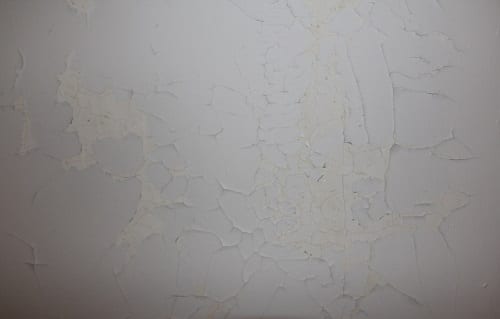
Typical map cracking and paint delaminating.
Types of Failures:
Saponification of Paint
Saponification of paint is a chemical reaction that occurs when newly plastered substrates are painted with oil paint.
Newly plastered substrates have high alkalinity, until they have cured to a neutral ph. If new oil paint is applied to a surface with high alkalinity, there will be a hydrolytic break down of ester bonds. Ultimately, this chemical reaction creates a thin powdery film (soap) between the plaster and paint, thus affecting long-term durability and adhesion.
Overtime and sporadically, paint will often delaminate in isolated locations. This will take place until there is a larger event, at which time a catastrophic failure will occur.
Thermal Shock
Modern buildings have reasonable and generally consistent environmental controls i.e., heating and cooling systems. These systems typically, at a minimal, regulate humidity and offer a steady climate control. When a building is shut down for an extended period without climate control, the buildings temperature and humidity is not regulated. Thus, when the building returns to a typical state and is climate controlled, many substrates experience thermal shock. This is especially evident at materials that expand and contract at a rapidly and greater thermal coefficient.
In the case of thermal shock, paint film could be expanding and contracting at a different rate then the plaster and framing behind it, which can lead to a separation or weakening of the paint bond to the plaster substrate.
New Paint Coatings & Multiple Existing Paint Layers
Modern paints, especially acrylics are meant to adhere to the layer the paint is applied to, much like a glue. Whereas traditional oil paints were applied in a thinned down fashion, meant to penetrate the substrate as much as possible. This required multiple coats of oil paint to create a solid and opaque paint film. This use of traditional oil paints in today’s construction world is too costly in both material and labor. Therefore, the advent and development of acrylic paint has superseded oil paints, for these obvious reasons.
Generally, acrylic paints have high adhesion and bond very well to paint layers below it, as is the case here. However, when acrylic paint is applied (which has water in its formula), it will penetrate (to an extant) and soften the previous layers of paint on the substrate, even if only briefly, until the paint dries and evaporates. As this acrylic paint dries, it will shrink. As it shrinks, its bond to the paint layers beneath it become stronger. This shrinking often has a greater tensile pull and bond then the old paint used on the substrate. It is quite possible that new paint being applied is literally pulling the old paint off the wall. This could be especially true, if the old paint systems are compromised with thermal shock and/or saponification, as outlined above.
Sometimes certain building spaces are painted very frequently and often with low paints. This means these surfaces have an incredible buildup of paint film over the decade. It is quite possible there are 30-50 paint layers in any given room in these types of spaces. These paint layers may not all be compatible with each other, and could cause complications with any new paint system. The shear cumulative weight of all these paint layers, being held up by the initial paint layer, may be a contributing factor to catastrophic failures.
Age of Original Paint
If the original paint coatings are old (i.e., approx. 100 years old), they could have quite possibility surpassed its serviceability. Any of the aforementioned on their own, can be the cause of this catastrophic failure. The application of new paint, regardless of its type i.e., acrylic or oil, would not mitigate current or future failures.
Saponification, thermal shock, the multiple existing paint layers, and the age of the original paint coating as fuel, and the new paint coatings can be igniter to paint delamination problems. Having someone experienced in historic finishes can tell you and guide you whether if one, a combination or all of these causes are contributing factors.
Examples of Typical Paint Failures
Remedies:
-
- Remove all coatings down to the plaster substrate, thus mitigating any potential for failure. This is an excellent but costly approach. It also requires a significant amount of time.
- Encapsulation. There are several encapsulant candidates that you may want to consider:
- Dry Wall application. Apply drywall to the surfaces with adhesive and fasteners, followed with typical joint taping and new paint coatings. This is an excellent approach, as it creates a permanent barrier between the new paint and the old coating system.
- Nu-Wal Plaster Restoration System by Abatron or similiar. This elastomeric coating system is reinforced with fiberglass mat. This will bridge and conceal paint craters, cracks, and coatings. However, labor will be required to scrape loose paint. The thought behind this system is while paint may continue to delaminate behind the mat in isolated locations, the Nu-Wal flexible elastomeric system will act as a bridge over this condition. This system will likely be faster and less expensive than drywall, however it will not be as fool proof.
- Reinforced Plaster Veneer. With this approach, the walls are prepared by removing loose/peeling paint, followed will chipping the surface with mallets to create small craters throughout the surface. These craters act as a key to the new plaster it will receive. Once chipped, the entire surface receives a bonding agent followed with an application of fiberglass mesh, such as those used for EFIS systems. This would also be followed with two application of plaster veneer, such as USG Imperial or Diamond brands. This is can be a long-term, durable solution.
- Vinyl or canvas wall covering. Similar to Nu-Wal, this will bridge and conceal paint craters, cracks, and coatings. However, labor will be required to scrape loose paint. This system will likely be faster and less expensive than drywall, however it will not be as fool proof.
- A full-proof remedy to mitigate paint delamination is full paint removal with chemical paint strippers. This can be an effective solution, but not without its own considerations. Once paint is completely removed, the installer must ensure the chemical stripper is completely removed from the substrate with absolutely no residue left behind. They must also confirm the substrate has a neutral Ph. We have used Smart Strip Advanced Paint Remover by Dumond Chemicals.

